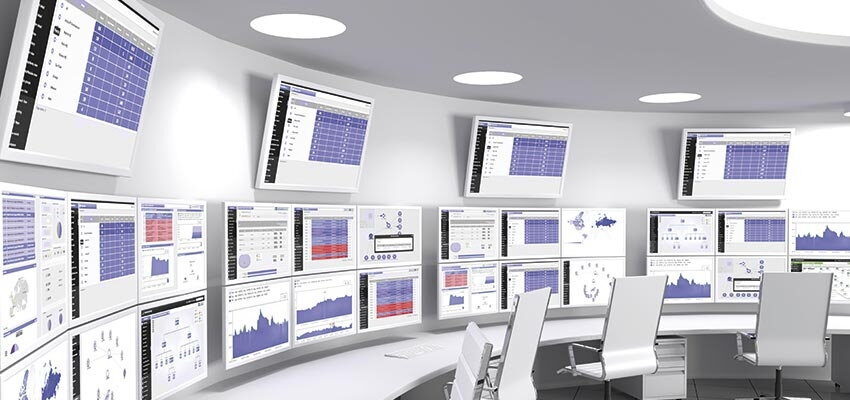
Column: Condition monitoring
On-line monitoring of HV substation equipment: Myths and truths Introduction The challenges facing substation owners and operators for the past years are unrelenting and...
byBrian D. SPARLING

On-line monitoring of HV substation equipment: Myths and truths
Introduction
The challenges facing substation owners and operators for the past years are unrelenting and are summed up in one sentence: “Reduce operating costs, enhance the availability of the generating and transmission equipment, and improve the supply of power and service to the customer base.” All this, in an environment where the available resources are inexorably decreasing and the pressure from the shareholders and the competition mount steadily.
Critical oil-filled electrical equipment, such as transformers, shunt reactors, current transformers, circuit breakers and bushings, are key elements of an electrical power system. The reliable and continued performance is the key to profitable generation and transmission of power.
The early detection of incipient faults in these assets can create economic benefits that have a measurable impact on the results required to meet these formidable challenges.
Thus continuous on-line monitoring Intelligent Electronic Devices (IEDs) have become common place and, with improvements in sensor technology and with built-in intelligence, have demonstrated their ability to meet the challenges.
However, there are still some myths and misunderstandings surrounding the application of and benefits to be gained with these devices. These need to be brought out and discussed.
During my twenty plus years in this field, there persist what I call myths surrounding the use and at times misuse of these IEDs. In this article I will try to bring out the most frequent of these myths.
- Myth: If I use these IEDs, it will prevent failure of my transformer or circuit breaker.
FALSE. The truth is, if a piece of equipment is on its way to a failure, and nothing is in place to advise the owner of its imminent failure, then it will fail. There are of course protection devices (so-called transformer protection relays, etc.) to advise the owner of its failure (or failure to perform its function). These devices do nothing to protect or save the equipment. Their sole purpose is to remove that piece of equipment as quickly as possible from the system to avoid system problems. In other words, they are system protection relays and are not designed to protect the transformer.
A properly selected and applied monitoring IED is there to provide the early warning of a developing fault within the equipment. The warning to the owner is there to initiate some investigation and corrective action.
One of the primary reasons for the use of the IED(s) is to reduce the risk of unexpected failure, not to stop a failure from occurring.







